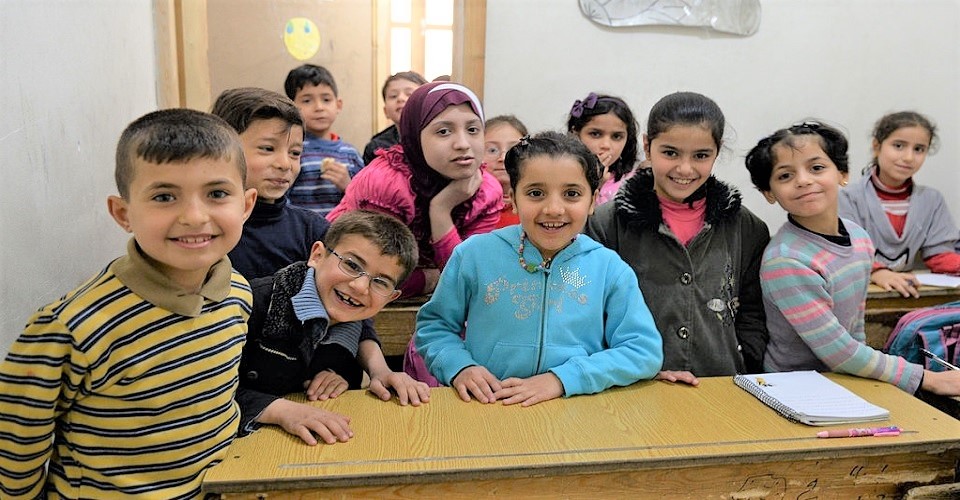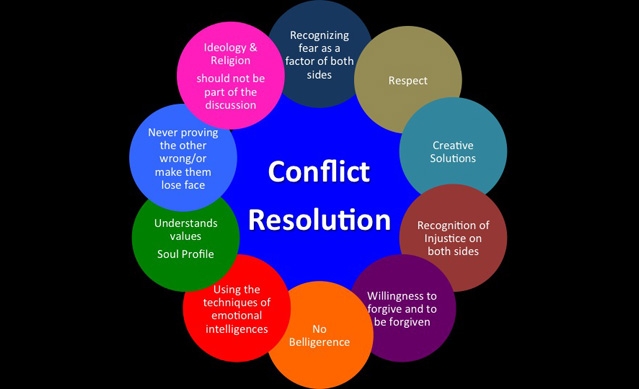How To Manage Tough Situations With the Conflict Resolution Techniques in Your Classroom
11th January 2021
As a 21st-century educator, you end up investing a great deal of time by setting up a safe learning environment for your learners. However, possibly due to personality clashes, misunderstandings, or maybe someone going through a bad day, etc. classroom conflicts become inevitable and unavoidable. Therefore, handling these kinds of tough conflict situations in a classroom is a real part of your teaching job.
Dealing with classroom conflict circumstances on a regular basis can be time consuming and troublesome as well. Therefore, consider conflict resolution in the classroom to be an important part of your profession.
Even situations that seemed trivial initially, can negatively impact the classroom environment and affect long-term relations. This is the reason why managing student conflict in a peaceful manner is an important part of a teacher’s work. If you wish to establish a classroom culture that has high values for community, then a conflict situation between learners should be approached with an aim to reconcile. You can even turn these situations into real-life lessons by helping learners understand their actions, the actions of others, and finding solutions together.
Mentioned below are some teaching tips along with student counselling techniques to aid you to maintain peace in the classroom. This will also help you in equipping your learners with valuable skills that will benefit them throughout their lifetime.
Demonstrate the Behaviour You Wish to See
A great way to handle the conflict situation in a classroom is to stop it before it begins. Inspire learners to think about how their behaviour affects the people around them. Teach them healthy ways to express or vent out anger, frustration or any negative emotional state.
Bring your learners together to discuss the ways to solve problems/conflicts, use role-play to rehearse techniques, capture ‘educative moments’ to reinforce behaviour that reflects good problem-solving skills.
Never Ignore Problems
No matter how exasperating and time-consuming the conflict condition in classroom can be, sometimes it seems tempting to ignore them. Dealing with problems in a quick and decisive manner will benefit not only the students involved but your class as a whole.

Be Unbiased
Although it may sound enticing, it’s vital to not be biased when you are managing the conflict resolution in the classroom. What you actually need to do is to be on the side of both children to set a positive example. The expectation of the same high standards of behaviour from every learner in your class is quite critical to setting a tone of rightness in your class.
It is important to stay calm when resolving problems with your students. It is quite possible to get frustrated or angry, but you need to have some control over your emotions. Try to stay cool and neutral. Remember, they are not giving you a hard time, they’re having a hard time.
Exercise Empathy
As an educator with the role of a school counsellor, you need to remember that most of the conflicts arise from fear, anxiety or frustration. You can aid students in learning to recognize their emotional triggers and the ways to manage them in different ways like taking a walking break, sitting quietly in a safe space, or taking the time to write/draw and so on.
Teach Conflict Resolution Techniques Beforehand
It is a great deal of investment to set aside some dedicated time to teach effective methods to manage conflict in a healthy way. Follow this simple 4 step process that will work effectively for most of the conflicts.
1. Cool Off.
Sometimes the best thing you can do is give the students involved the space to take a breath and calm down before bringing them together to resolve a conflict.
2. Communicate.
To resolve a conflict, it’s fair that both (or all) individuals involved get a chance to tell their side of the story without being interrupted.
3. Brainstorm Solutions.
Once involved individuals had the chance to tell their side of the incident, they need to work together to figure out what that will make things better.
4. Follow Up.
Once students agree on a solution, it’s important for you to keep an eye on the situation.
It is true that sometimes it feels quite tough, but conflict provides the scope for your learners to learn valuable life-lessons about kindness, cooperation and compromise. Giving your learners the tool/s to handle conflict empowers them to take responsibility for their actions, as well as learn from their mistakes and to see themselves as problem solvers. These are gem-of-skills that will last a lifetime.
Written By : Ipsita Roy